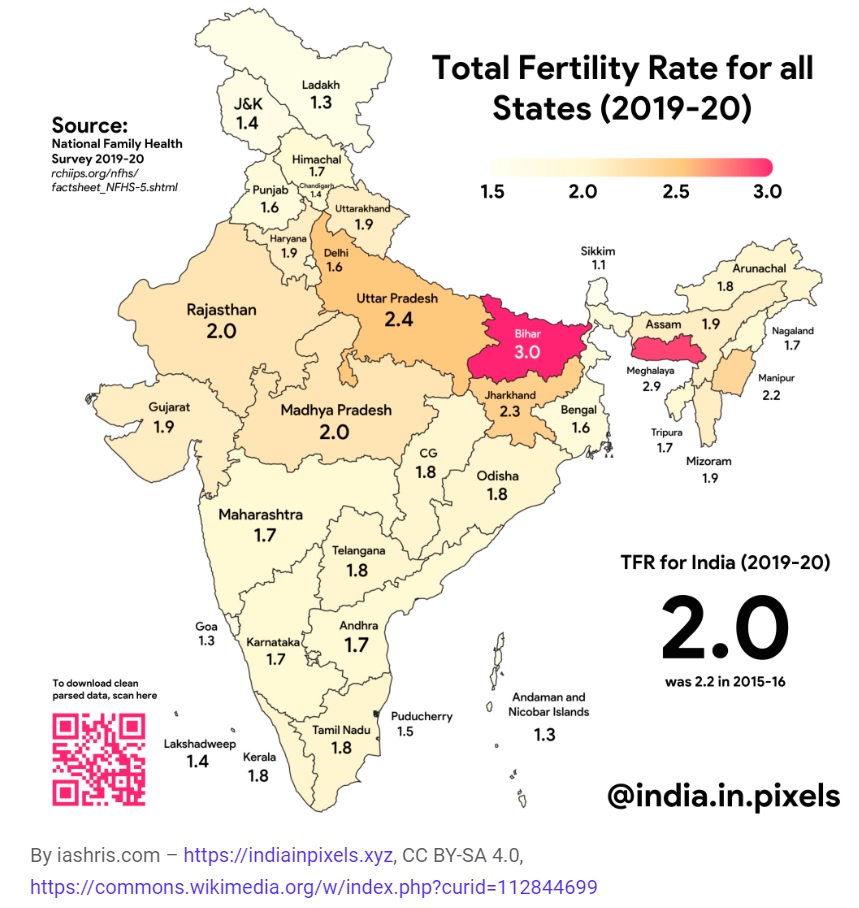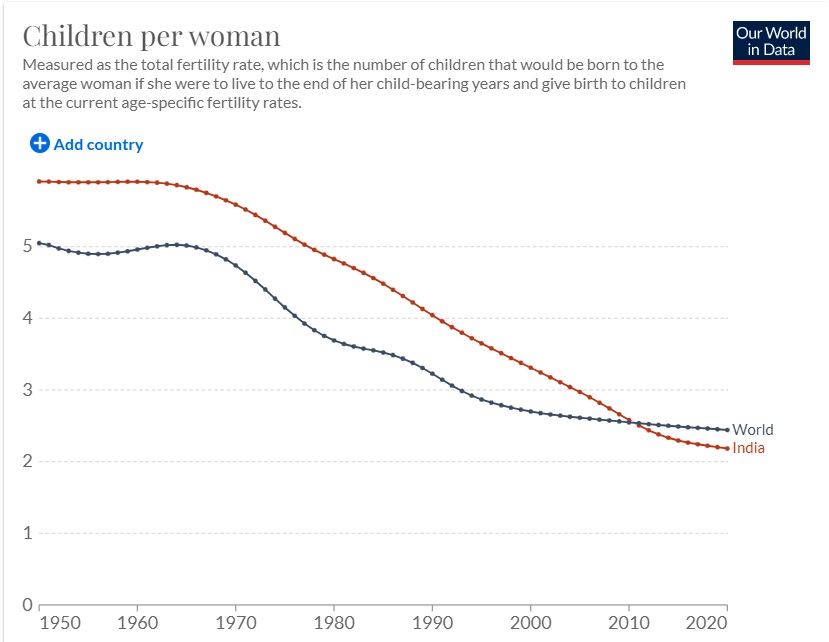Yesterday we met with a group of students and faculty we’ll be bringing to Vietnam this September. It was a delight. Just the idea of traveling outside the country again puts an extra hop in the step, a smile-wrinkle on the face. This is the longest we’ve gone without traveling outside of America since we were in our early 20s. As is almost always the case, but especially now, we will be safer in another part of the world than we are here. Certainly in Vietnam, which has handled the pandemic better than most, we will likely be safer health-wise and certainly safer crime-wise.
The only part of Vietnam that will be more dangerous is crossing the street. Traffic in Ho Chi Minh City is a bit like salmon navigating upstream through a river of bears…who are all driving scooters. But we even look forward to that. The trip is part of a Follow the Supply Chain study abroad program where students will get an up-close, hands-on look at how supply chains work. They will follow two products in the supply chain, one being exported from Washington state and one being imported into Washington. And, of course, they will learn about Vietnam, one of our world’s up and coming countries and a place brimming with youthful energy and hope.
Because we only charge the students $500—the rest is subsidized by private sponsorships (if your company is interested in sponsoring, let us know), the students are not the usual upper middle class youth who can already afford to traipse through Europe, swigging warm beer and cold wine (not that there’s anything wrong with that). They are instead a group of students diverse in every way you can imagine. They, too, brought energy and hope to our meeting yesterday, so much so that we expect to be ten years younger by September. Despite that we bring a story of aging in India, but also one about youthful technology in cars and finally examine corporate abandonment of China. It’s this week’s International Need to Know, the Better Call Saul of international information, the This is Us of international data.
Just before we hit send, we learned of the passing of Ray Liotta. Here’s a clip of the famous long shot in Goodfellas, one of our favorite films. And here’s where we wrote about hearing Ray Liotta’s voice as the narrator in the Goodfellas-like Chinese memoir Red Roulette. RIP
Without further ado, here’s what you need to know.
India Enters The Big Grey House
In various talks and presentations over the last couple years, we would note that basically the whole world has aging demographics except for India and much of Africa. We’ve been hedging that the last few years as India’s fertility rate continued to fall. And now, India’s total fertility rate has fallen below replacement level to 2.0 babies per woman which is also below the world average (see the two Our World in Data charts below). India is a large, complicated place—just as China, the U.S. and Indonesia are—the four most populous countries in the world) and as you can see in the first chart certain Indian states are still above replacement level, all of which are located in the north, including Uttar Pradesh and Bihar. If India follows the patterns of other countries, its fertility rate will continue to decline. Its population won’t start declining for another three decades or so. In fact, India will become the largest country in the world this year surpassing China*–as lifespans lengthen and the current cohort of women have children, but India will soon follow the great grey trend of the rest of the world. Africa’s fertility rates are declining as well, though so far much of the continent is above replacement level. The big grey will define much of what happens in the coming decades.
Our Last Combustion Engine Car
As we gas up at around $5.40 per gallon we dream of our next car which will undoubtedly be an electric vehicle (EV). Truth be told, we won’t be a buying a new car for a number of years since ours is only six years old which in our household is considered almost new. But, this is all the more reason to believe we have bought our last combustion engine car. That’s because the technology continues to improve each year for EVs with better range, longer battery-life and more affordability. This improvement is reflected in the large increases in global EV sales in recent years. BloombergNEF tracks this data and recently reported that “Global passenger electric vehicle (EV) sales grew by 103% in 2021, to nearly 6.6 million units.” This is only 13 percent of total global passenger car sales but that is a pretty big leap in market share compared to what it was just a few years ago. The Bloomberg dashboard notes that if plug-in hybrid vehicles are included than in certain countries such as Norway, Sweden and the Netherlands, EVs account for the majority of new passenger vehicles sold. There are at least three big challenges to this good news. First, where the vehicles are drawing their electricity from is important. An EV plugged into electricity generated from coal is not so helpful. Second, this increasing demand for EVs is driving the price of lithium—which is used for the batteries powering the cars—way up. And, third, there is still lots of infrastructure that needs to be built, including charging stations. Nonetheless, the trend is clear: the future of driving is electric.
China Corner: Good Lotte and Good Night
In our book, Challenging China, we document China’s coercive economic policies, including retaliation against companies whose home countries China has a beef with. One of those we listed was the South Korean supermarket chain, Lotte, which China punished with non-tariff barriers, after South Korea allowed the U.S. to install an anti-missile defense system in its country. It made doing business in China practically impossible for Lotte who closed down nearly two dozens stores there. This may have reduced choices of where to buy beef for Chinese but did not eliminate China’s beef with South Korea. Now Lotte has announced it is fully pulling out of China due to continued retaliation measures by China and because of China’s ongoing Covid-19 lockdowns. In other words, China continues to decouple from the world economy. Lotte, like many large companies, once had large ambitions in China, with the siren call of its enormous markets luring the company into the dangerous rocks of its authoritarian rule. The Korea Times reports that Lotte “had aimed to achieve 200 trillion won ($157.1 billion) in sales to become one of Asia’s top 10 retailers by 2018.” Instead, Lotte is now turning to Southeast Asia, in which it already has 49 stores in Indonesia and 14 in Vietnam and ambitious plans for more. We wonder if other retail chains, including our hometown’s own Starbucks, face similar fates. China recently raised Luckin’ Coffee from the dead. China could be Starbucks’ Oklahoma City.




